
The temple worships a talented and virtuous general
Dinh Chem reflects itself on the river, located right at the junction of the lower reaches of Hat Giang River with the Red River and
During the reign of King Thuc, the Qin Dynasty was being attacked by the Huns. Qin Thuy Hoang knew that Ly Ong Trong was a talented person, so he sent an envoy to ask King Thuc to send a talented general to help. The court of the Shu Dynasty sent Ly Ong Trong to help Qin defeat the enemy and establish diplomatic relations between the two countries. King Tan tested his talent and found him to be "Hieu Liem" (Doctorate) in literature and martial arts.
Although he was loved by the King of Qin, he did not care about fame and wealth, always missing his country and home. At home, his old mother was waiting for him, so he asked to return home. After he returned, the Hun army invaded again. The King of Qin had a hollow statue of Ong Trong cast, inside there was someone who could control the statue to move its arms and legs, and then placed it at Ham Duong gate. When the enemy came and saw it, they thought it was the real Ong Trong, they were terrified and scattered.
Not only was he a good general, Ly Ong Trong also had many achievements in eliminating water monsters, encouraging people to farm, grow mulberry trees, do good things, and avoid harmful things, making people live in prosperity and happiness. The princess of the Qin Dynasty also followed him to live with him in Chem village until she passed away.
After his death, the king bestowed upon him the title of Supreme God of Fortune and the title of Hy Khang Thien Vuong. He was honored by the people as Duc Thanh Chem and a temple was built in Chem village - where he was born and raised.
Chem Communal House was built in the style of internal architecture.
The main area of the Chem communal house includes the front hall and the main worship hall. These two buildings have the same structure and are connected by a system of copper-supported beams. Each row of houses consists of 5 rooms and two wings in the style of a 4-roof house. The interior has 6 rows of wooden pillars supporting the roof, the pillars are all placed on green stone bases. On the short trusses, the walls
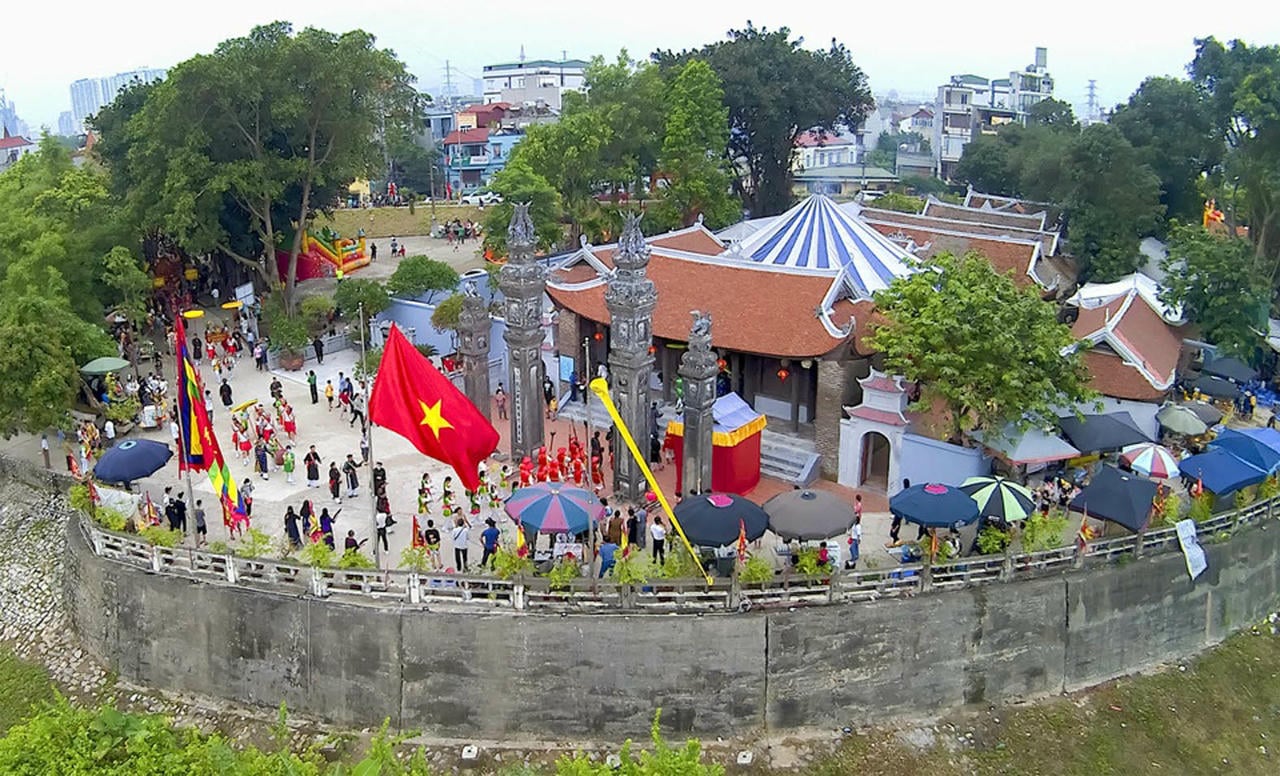
The rear palace was built next to the main worship house by a small toilet in the middle room. The rear palace area consists of 3 rows of houses connected together to form a "Cong" shaped architectural structure. The outer house and the inner house are parallel to each other by a tube house in the middle room. This is the most solemn place in Chem communal house, with the throne and the statues of Duc Ong and Duc Ba about 3.2m high, on both sides are statues of Duc Thanh's 6 children, also known as Luc Vi Vuong. In the Vietnamese genealogy, Ly Ong Trong ranks third after Thanh Tan and Thanh Giong. Chem communal house is probably the only communal house in our country facing north. It seems that this is the way Chem people show their sincerity to the princess who lives far away but loves her husband very much and always looks back to her homeland.
Over the past thousand years, the communal house has been a sacred place, worshiped, restored, and prepared for offerings by the people. In 864, during the period of Chinese domination, Cao Bien was sent to An Nam to protect the Southwestern region. Cao Bien was told by a divine vision in his dream to bring peace to the country, so he was very impressed and ordered the communal house to be repaired to a larger size than before, carved into wood, painted with gold, and called it Ly Hieu Uy communal house, and had people worship every year. "The ancient citadel of Van Lang has many mountains/Mr. Trong's deep clouds and thick clouds" - the above verse was composed by poet Pham Su Manh around 1369 - 1370, praising the beauty of Chem communal house.
As an ancient architecture, Chem communal house has been repaired and added to many times such as the back palace in the 3rd year of Duc Long (1621), the three-door gate was repaired in the 34th year of Canh Hung (1773) and other times in 1792, 1797, 1885, 1903 and 1913. A special event in the repair of this communal house is recorded in the stele of Thuy Phuong communal house, which is to lift the entire communal house like a palanquin, so it is called "Chèm communal house palanquin" in 1903. Due to the dike being moved inside, Chem communal house is located outside the dike. If the floodwaters rise high, the communal house will be severely damaged, but to dismantle the communal house, raise it up and rebuild it would be too costly. Foreman Vuong Van Dich, a native of Van Tri village (Minh Khai commune, Tu Liem district), led a group of workers who came up with an initiative: using wood as a beam, hanging beams and bricks, to gradually raise the entire communal house to a height of 2.4 meters using the lever method and succeeded. Perhaps this was the first time in Hanoi that this work was done manually.
At present, Chem communal house still preserves a book in Chinese characters recording the royal decrees, rituals, funeral orations, 3 royal decrees of the Nguyen kings conferring the title of Ly Ong Trong, 4 stone steles, including 1 from the Le Canh Hung period and 3 from the Nguyen period, 10 worship statues, 8 parallel sentences, 2 bronze bells cast in the Nguyen period. In particular, the system of bronze gutters is a unique relic, rare in other relics, dating from the Le, Tay Son and Nguyen dynasties. In addition, the communal house also has many worship objects of high artistic value.
With its typical values, Chem communal house was ranked as a historical and architectural relic by the Ministry of Culture and Information (now the Ministry of Culture, Sports and Tourism) in 1990 and was recognized as a special national relic by the Prime Minister in 2017.
“First is Co Loa festival/Second is Giong festival, third is Chem festival”
One of the typical values of the Chem communal house festival that was highly appreciated when it was included in the list of National Intangible Cultural Heritage in 2016 is: Chem communal house festival. Every year, the Chem village festival takes place for 3 days, 14th, 15th, 16th of the 5th lunar month to commemorate Mr. Trong. This is a festival of three villages: Chem village (Thuy Phuong), Hoang village (Hoang Xa) and Mac village (Mac Xa). Hanoi folk song has the saying: "First is Co Loa festival/Second is Giong festival, third is Chem festival".
The opening procession was a solemn ritual. The people of the three villages sent out a group of boats to carry water, each boat had a jar of water to bathe Duc Ong (Mr. Trong), Duc Ba (Mr. Trong's wife) and Mr. Su (Nguyen Van Chat). The three boats carried water on a pilgrimage along the Red River. When they reached the "Silver Waterfall" area across Bac village (Tay Ho ward), they turned the boat three times, then an old man used a bronze ladle to scoop water from the middle of the stream and put it into the ancient porcelain jars amidst cheers and shouts of "woo, oo" resounding on the river surface. The boat returned to Ngu wharf - Ma's house, brought water to the palanquin of Duc Ong, Duc Ba and the procession escorted them to the communal house to perform the bathing ceremony (statue bathing).
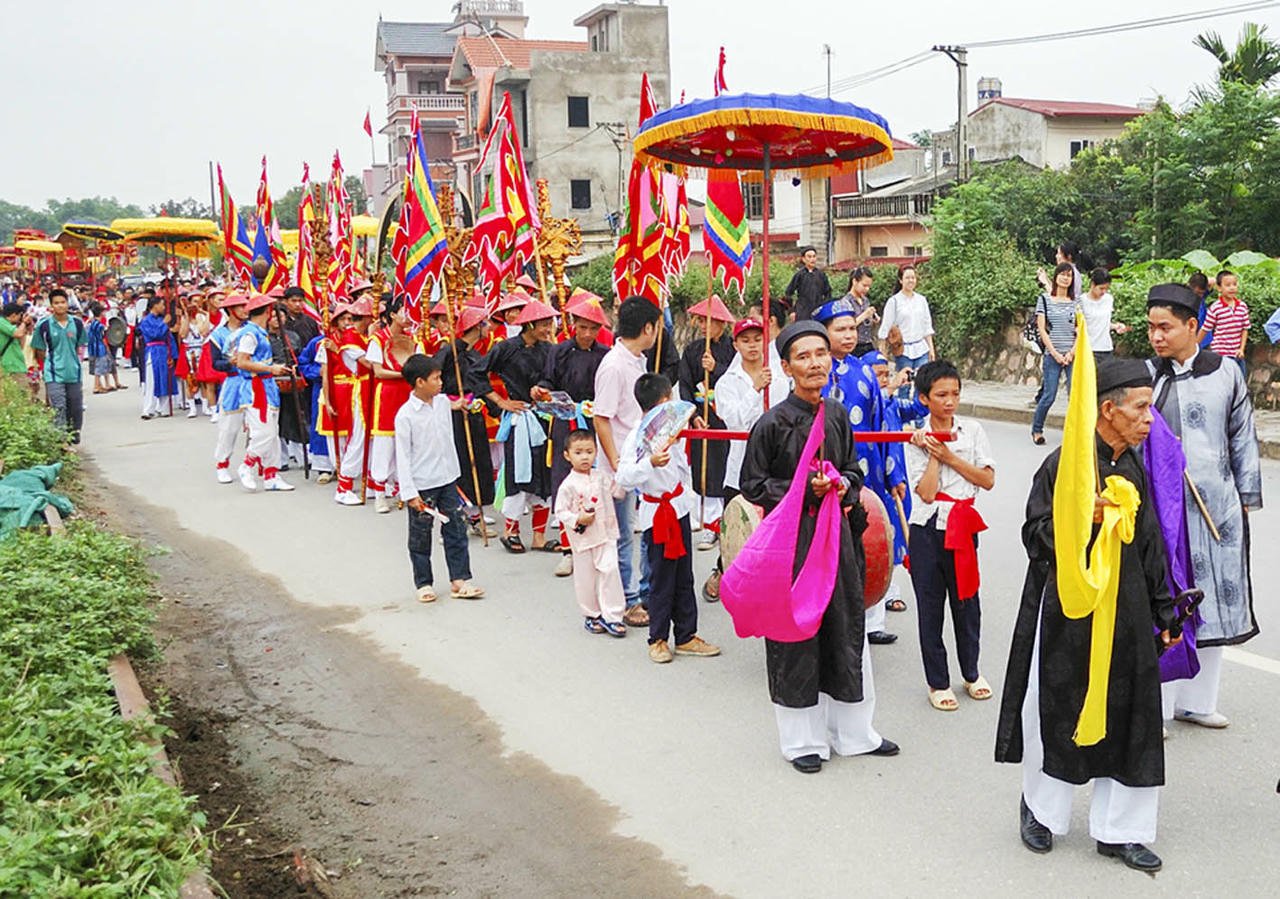
When brought back to the communal house, the water is carried to the inner palace to be used for the Moc Duc ceremony on the 15th. After 3 days when all the rituals have been completed, the dove release ceremony is performed at noon (12 o'clock) to pray for the souls of the martyrs and for peace for the people.
The festival is organized in addition to the ceremony, there is also a festival, with competitions and traditional games taking place in all 3 days such as: Che kho making competition. Che kho is a special product of the Chem communal house festival because it is associated with the vegetarian festival with only che kho, white sticky rice, incense, flowers, and fruits that are respectfully offered by the villagers to the saint. This shows the purity and desire for peace of the people of Thuy Phuong commune in particular and the Vietnamese people in general. In addition, the festival also has swimming competitions, wrestling competitions, water duck catching competitions, human chess, to tom diem, wrestling, and Quan ho singing exchanges between villages, leaving many impressions on visitors from all over.
The Chèm Communal House Festival is a close combination of the worship of the village's tutelary god with the ancient beliefs of agricultural residents through the water procession, praying for favorable weather and a peaceful life, satisfying religious needs, connecting the spirit of solidarity between villages and communes, and also a way to educate historical and cultural traditions in a lively and practical way.
Over time and historical changes, this place still preserves the old cultural features, old lifestyle of an ancient Vietnamese village and the ancient communal house on the banks of the Red River.
Source: https://baophapluat.vn/ve-tham-dinh-chem-nien-dai-ngan-nam-ben-dong-song-hong.html




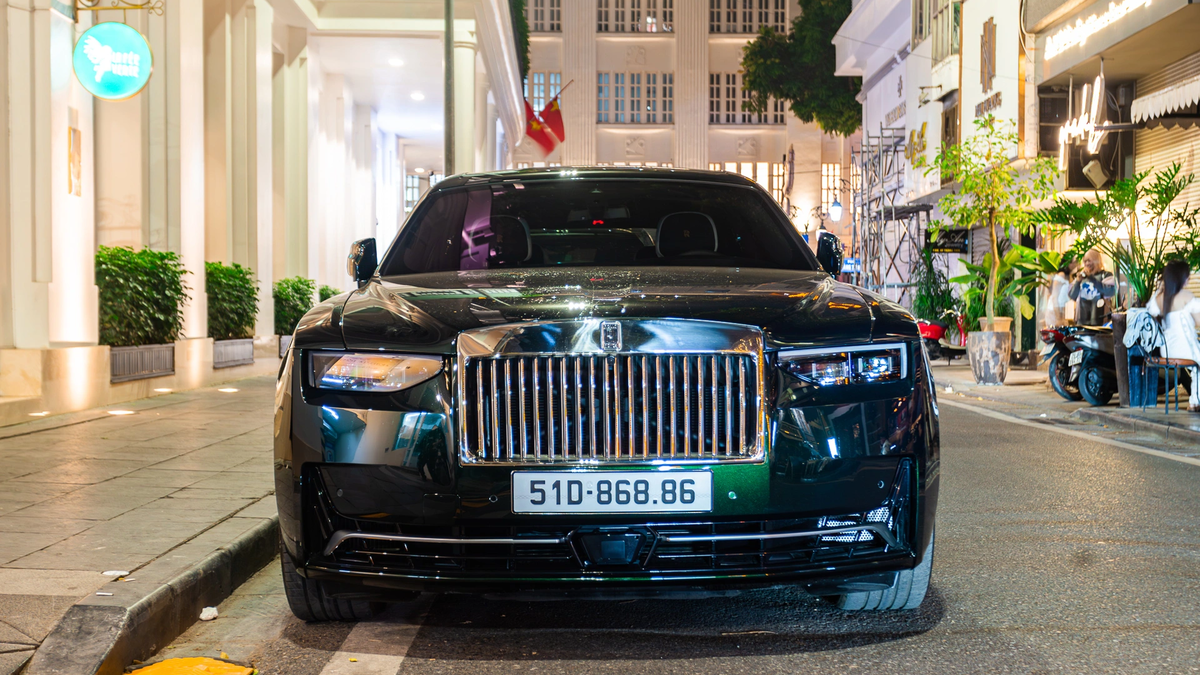
![[Photo] General Secretary To Lam receives Vice President of Luxshare-ICT Group (China)](https://vphoto.vietnam.vn/thumb/1200x675/vietnam/resource/IMAGE/2025/11/15/1763211137119_a1-bnd-7809-8939-jpg.webp)
![[Photo] Prime Minister Pham Minh Chinh meets with representatives of outstanding teachers](https://vphoto.vietnam.vn/thumb/1200x675/vietnam/resource/IMAGE/2025/11/15/1763215934276_dsc-0578-jpg.webp)

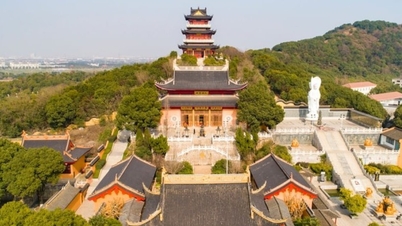

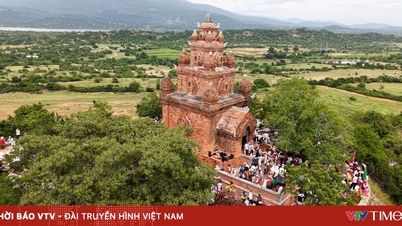



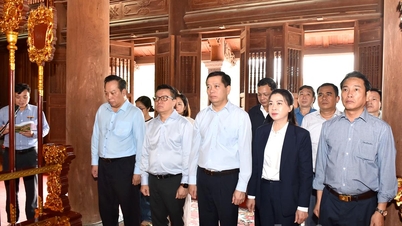







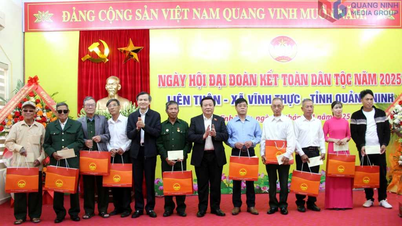










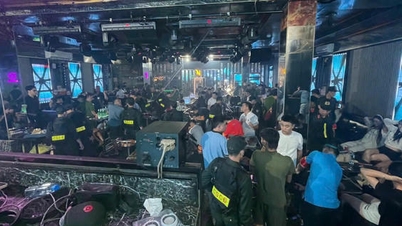









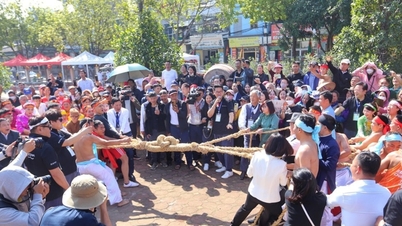


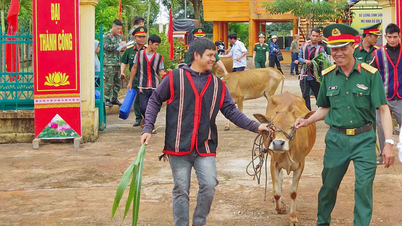






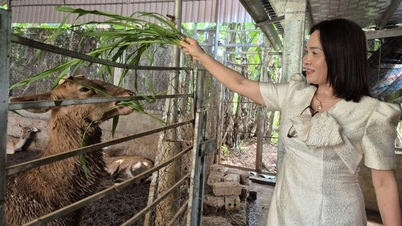





















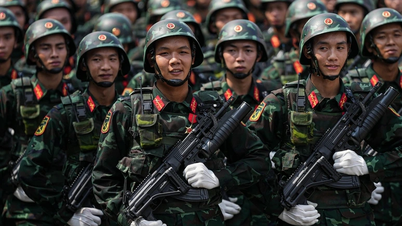










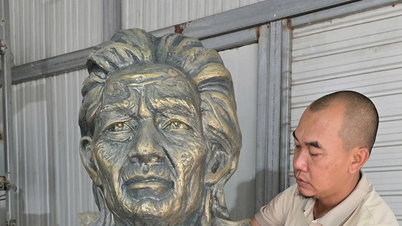





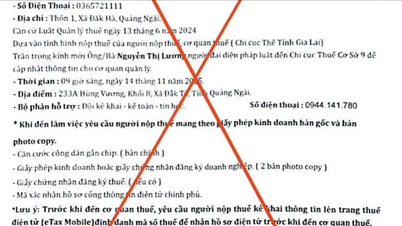
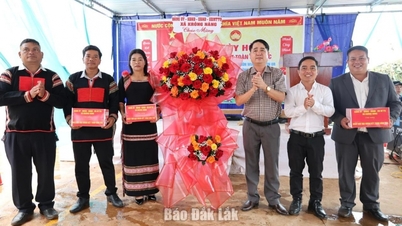
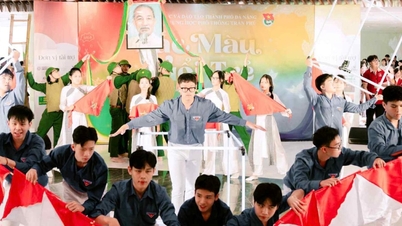











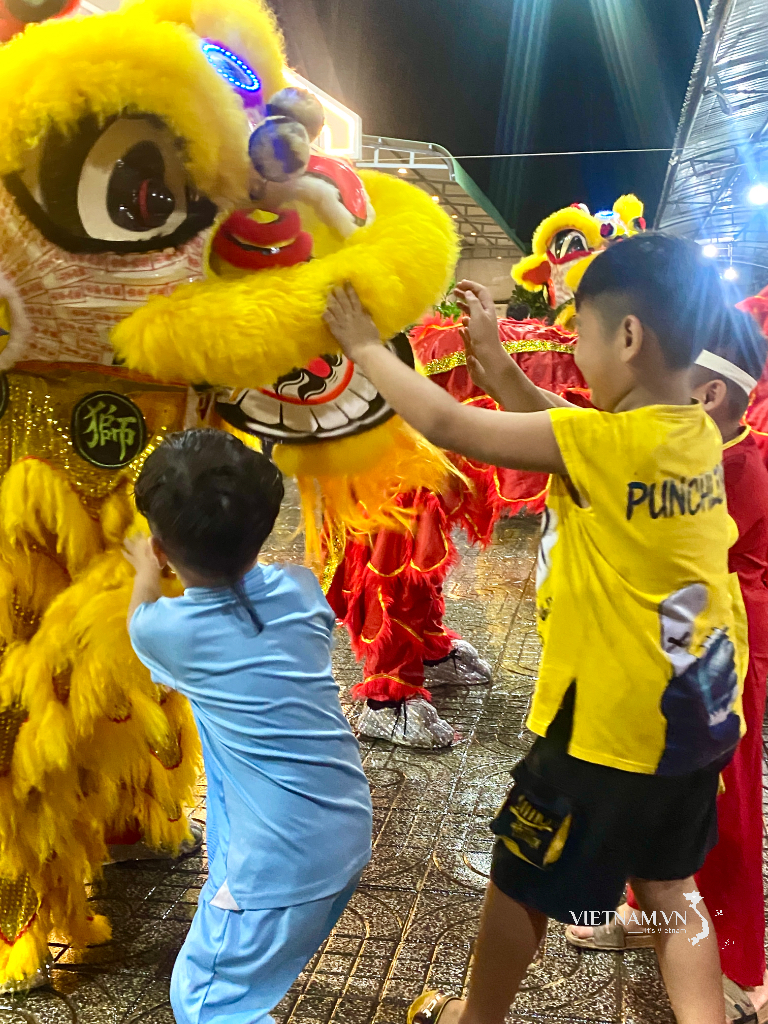
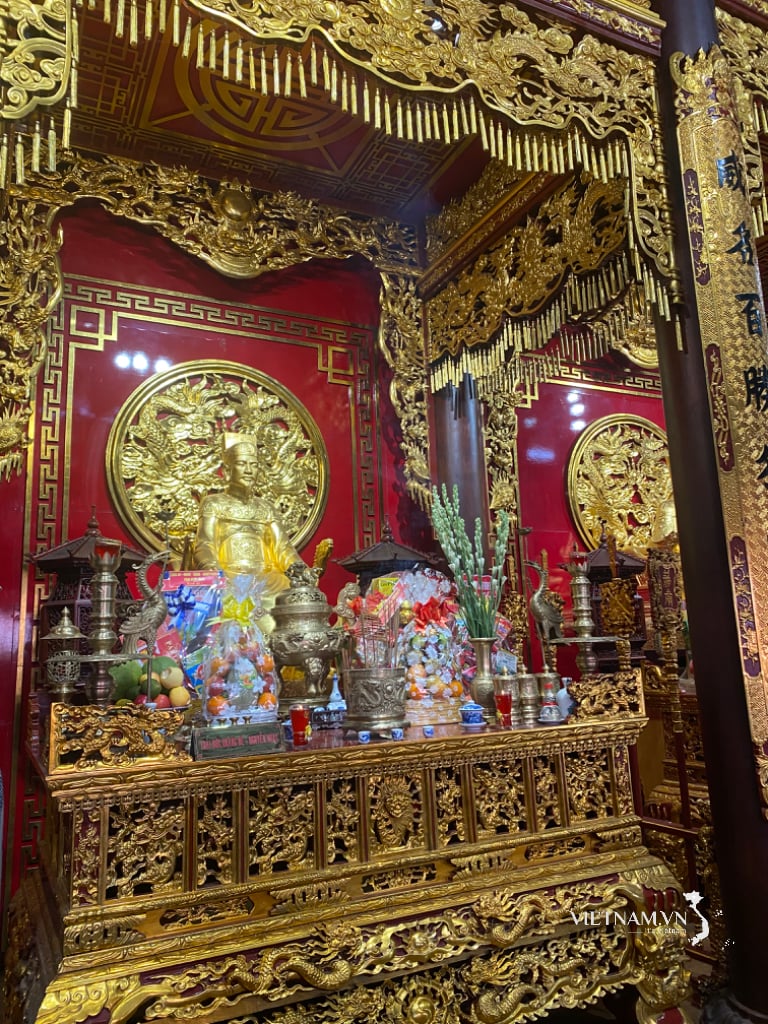
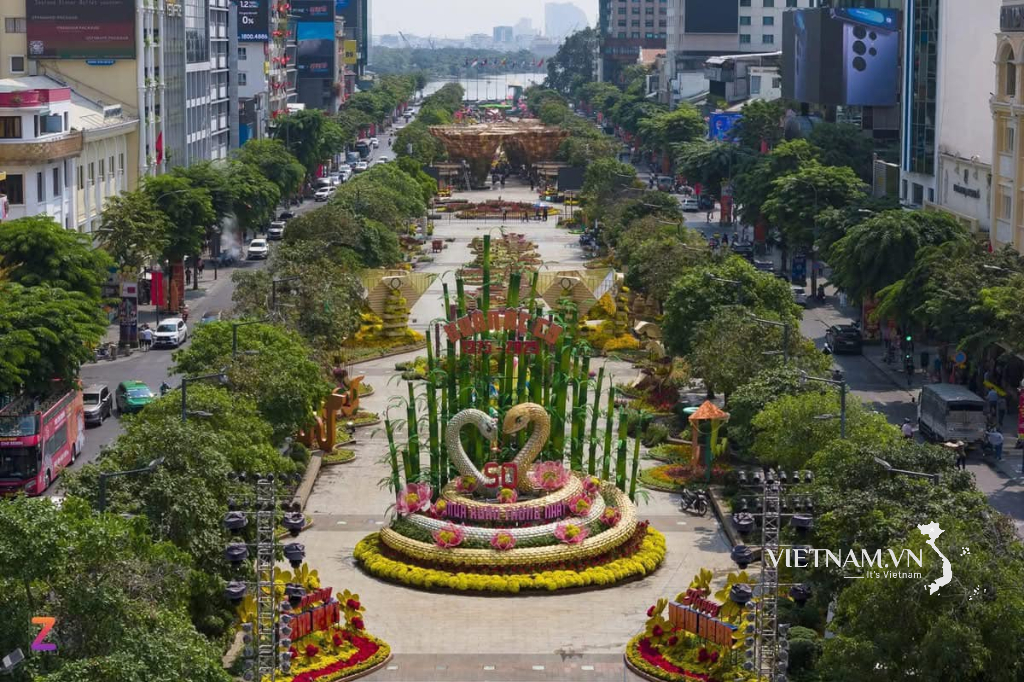
Comment (0)